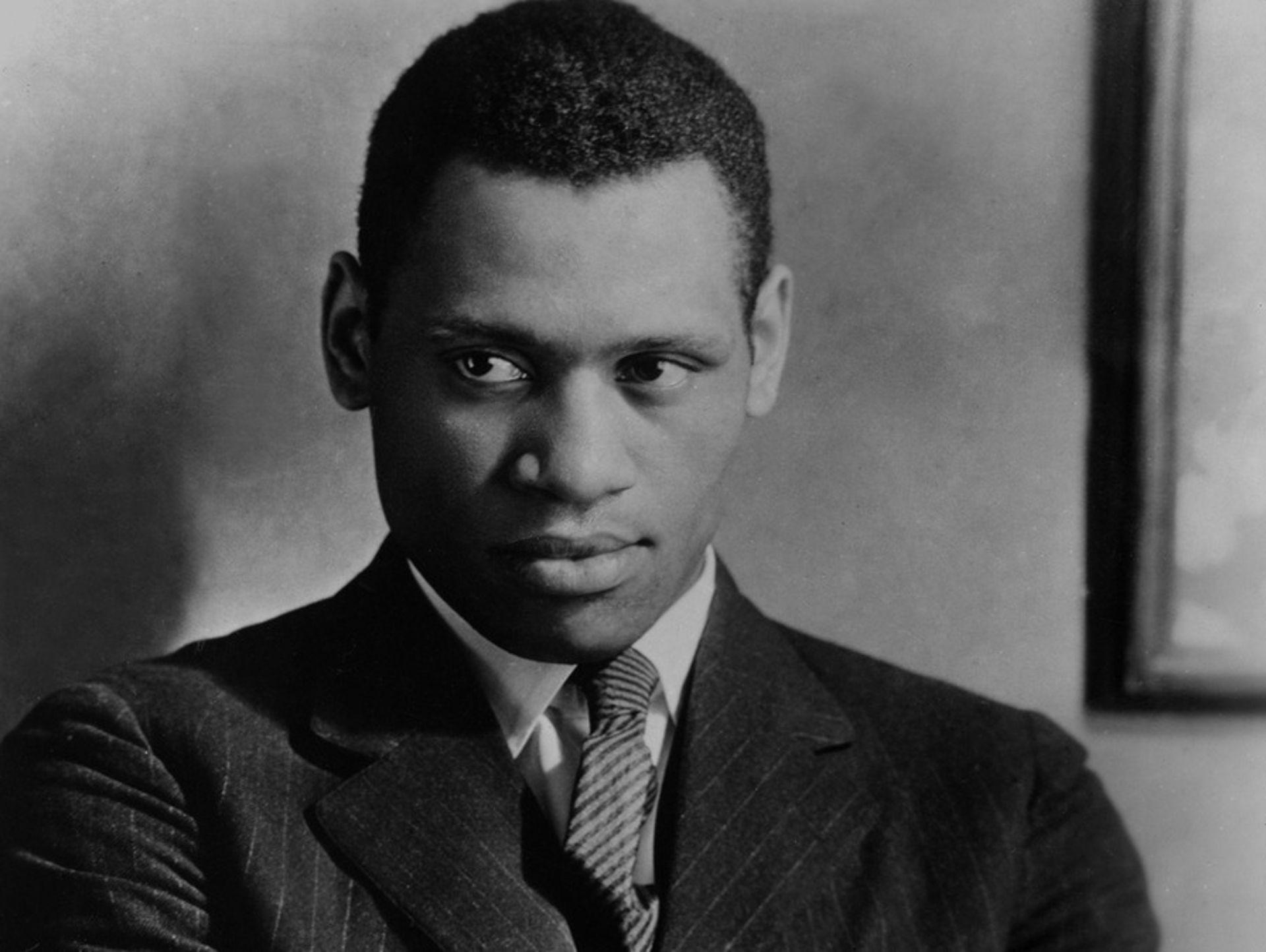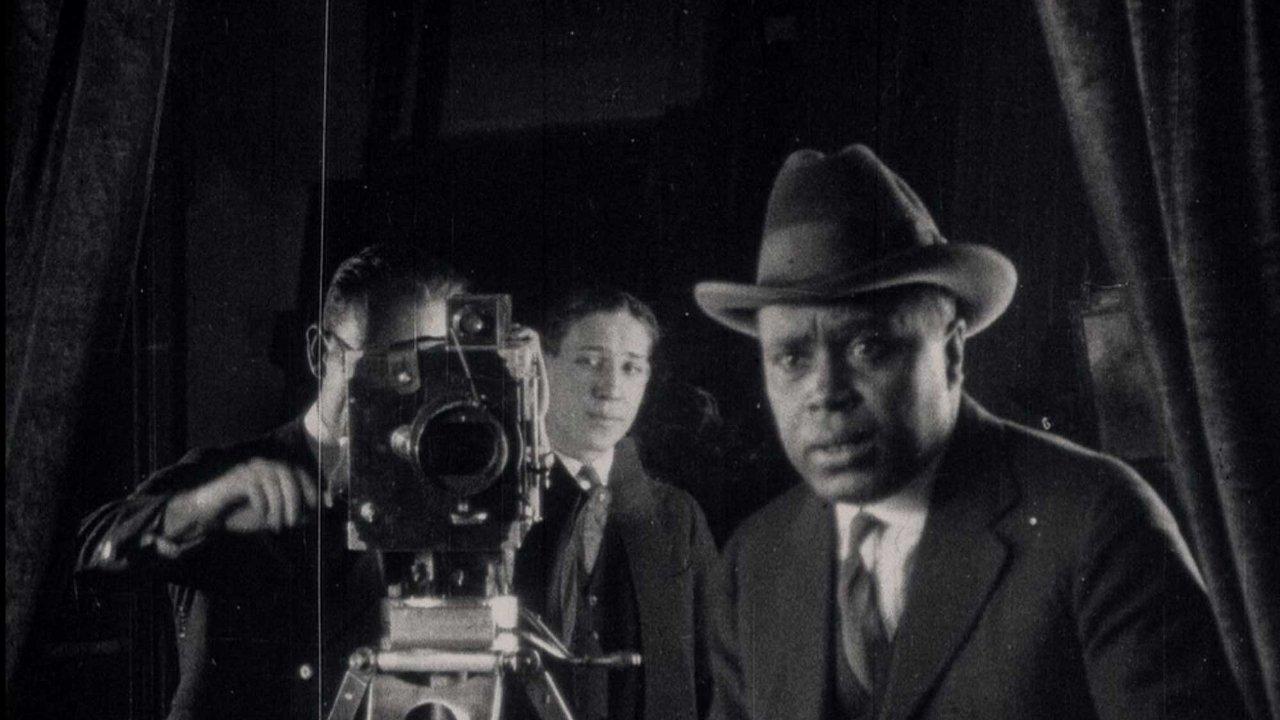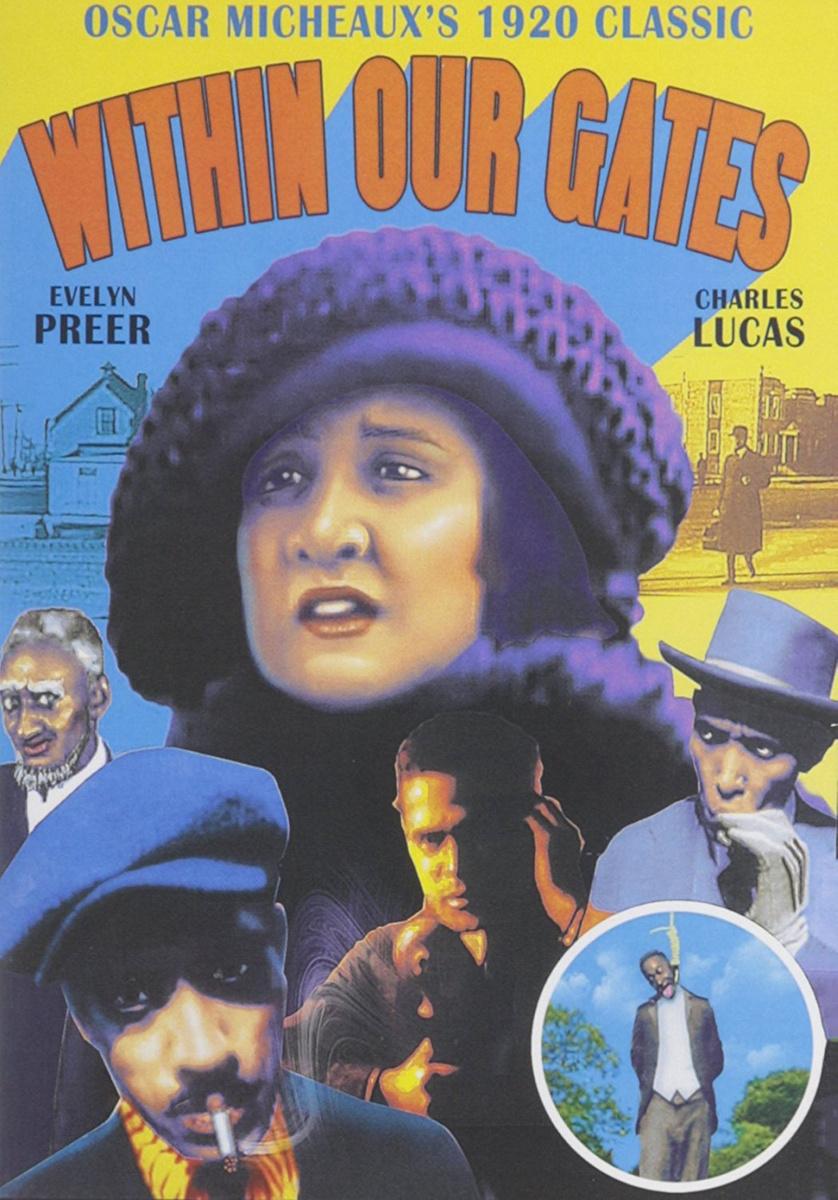
2 minute read
African Americans and Silent Cinema


Advertisement
B Y : M A R Y S S A O R T A
When one thinks of silent films, the first thoughts are often dramatic acting, Charlie Chaplin, blackand-white images, and an industry dominated by white men. It is true that silent films came during an era full of racist stereotypes and Blackface; however, it wasn ’t just white men who were making silent films. There were also Black people creating films of their own and resisting the racist images that were so prevalent in the era.
Black people had been making many short films since all the way back in 1898. However, it was D.W. Griffth’ s "The Birth of a Nation " in 1915 that really incited more Black people to make films. "The Birth of a Nation " was the infamously racist film known to be the first film shown at the White House. It featured many stereotypes about Black people, as well as actors with blackface. Galvanized, Black filmmakers got to work, to show the world they were not the stereotypes that others made them out to be.
By the 1920s, Black films had begun to grow rapidly. Black audiences wanted Black films that were authentic to the community ' s creators and stars.. Thus, the race film genre was created. The race film genre included any movie that featured Black casts, Black artists, and film staff. From 1915 to 1950, about 500 of these films were made. Sadly, only about 100 remain today.
These films were made through Black owned production companies and were largely independent. During the silent era, these production companies had prospered. However, due to the large technological shift of the silent to sound era, many companies could not afford to keep up with all the new technology and had to shut down. By the 1930s, many of the race films were being produced by white filmmakers, and by the mid 1940s, Hollywood had overtaken the race film genre.
Still, it wasn ’t the end of Black resistance through film. These silent films had paved the way for the early 1970s genre of Blaxploitation, which also responded to racist images of Black people in film.
Film is a way to express oneself and can be a form of resistance. Today, we see films that do the same thing. It’ s important to recognize stereotypes in film and work towards carving out a cultural and authentic story in the hands of those who are a part of that community.
Within our Gates (1920) The Girl from Chicago (1932) God’ s Step Children (1938)
Filmmaker Spotlight: Oscar Micheaux


Oscar Micheaux was considered to be the most successful and prominent Black filmmaker of the silent era. Micheaux wrote seven novels and was pushed by Lincoln Motion Picture Company (a Black owned production company) for an adaption of his books. However, due to disagreements, Micheaux ended making the films himself. Due to this, he went on to make 44 films from 1919 to 1948.
Some prominent films by Micheaux:
Most of Micheaux ’ s movies are available on YouTube, Prime Video, and Kanopy. *







